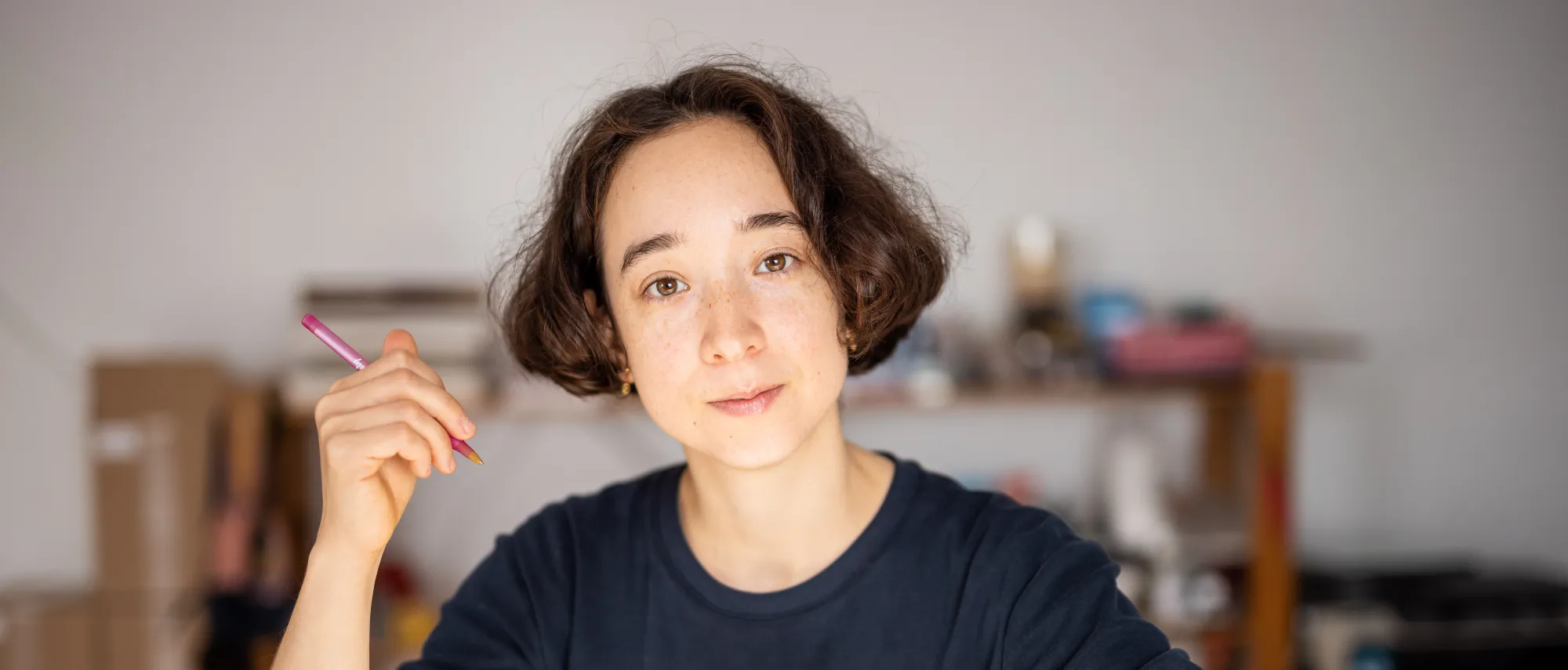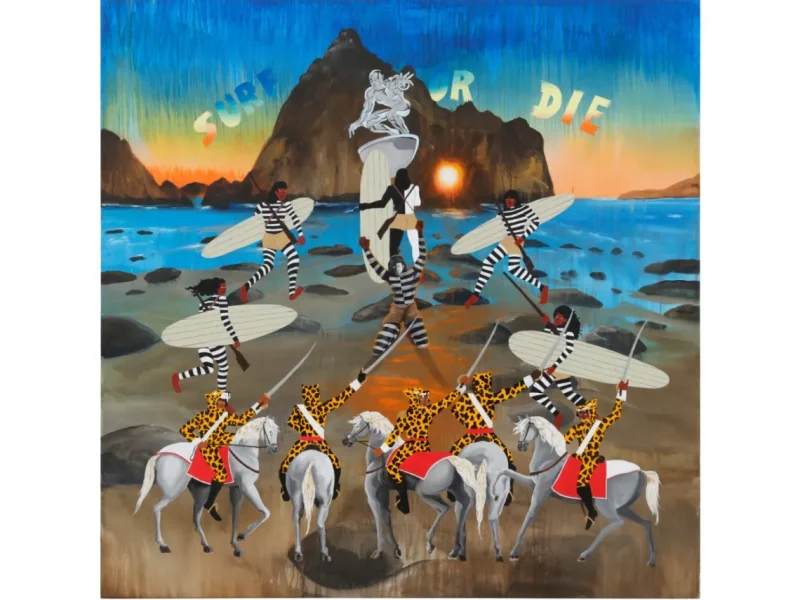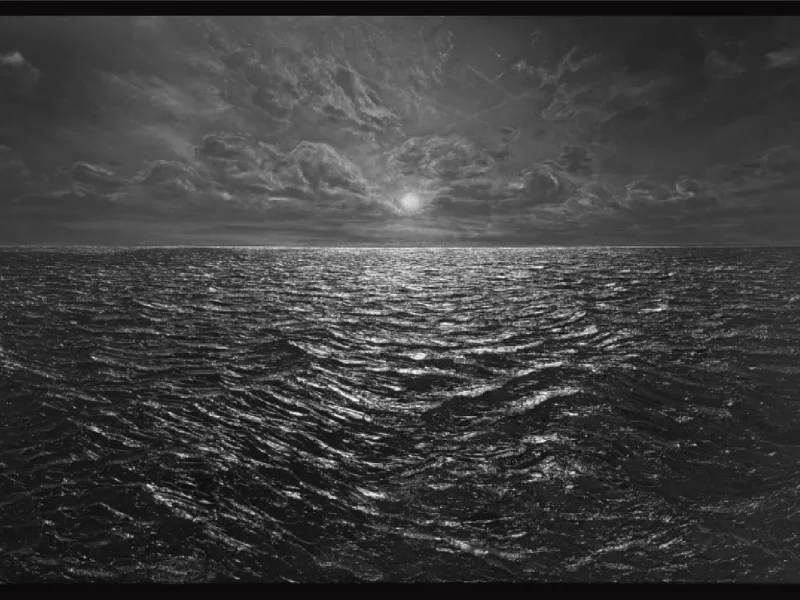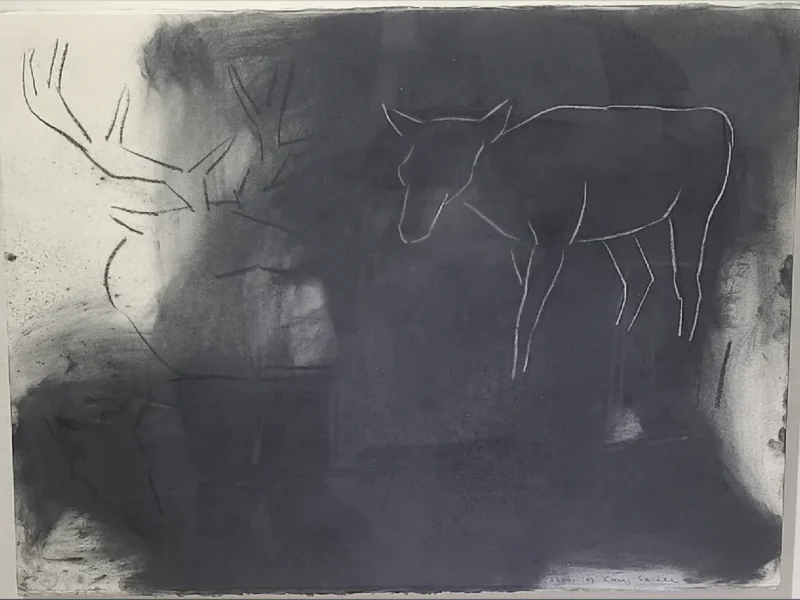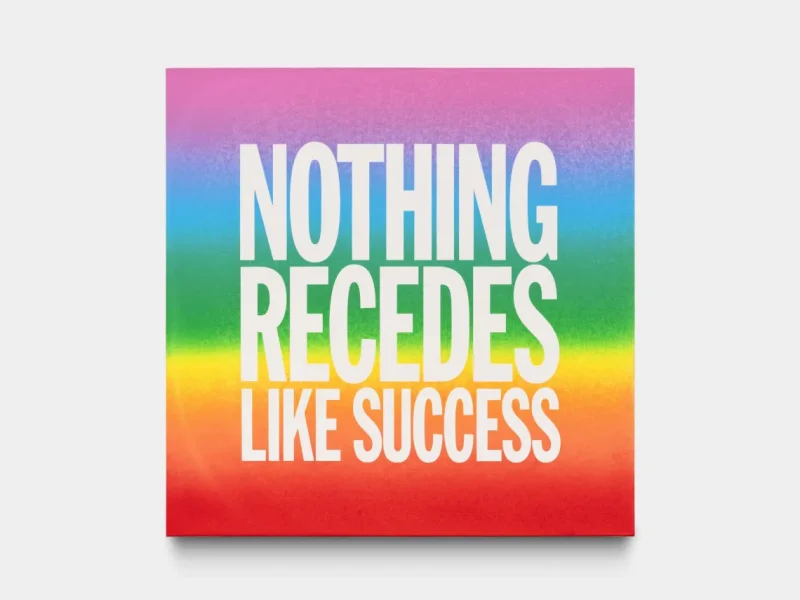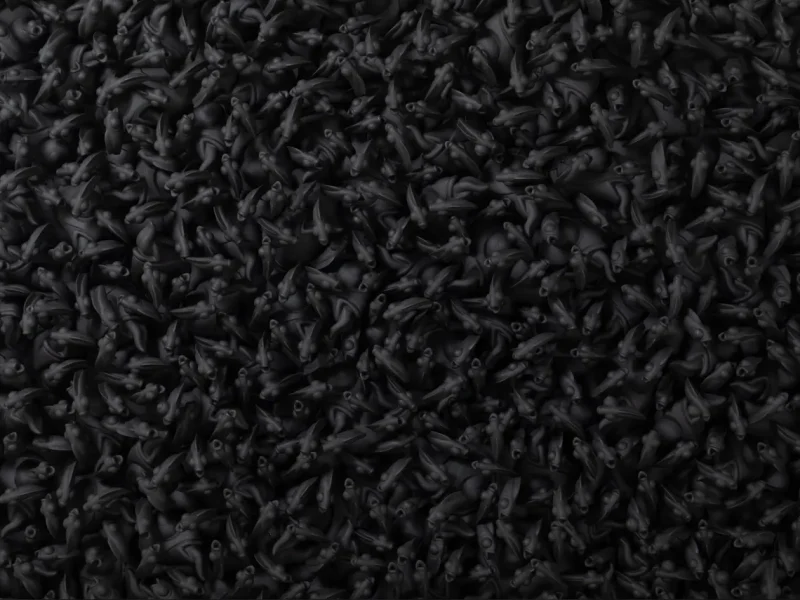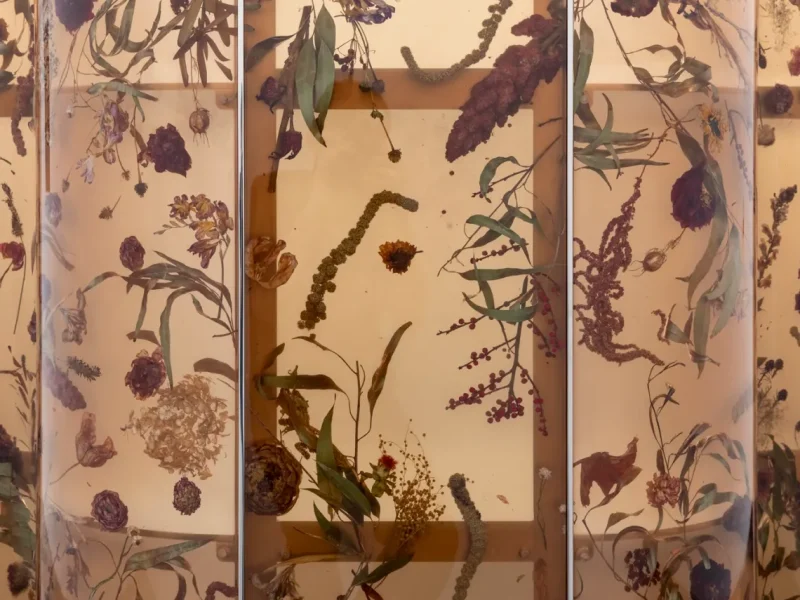Photo by Björn Comhaire
Born in Tokyo in 1993, Clara Spilliaert spent her formative years in Japan before moving to Belgium aged 16. Her earliest drawings stem from this experience – a way to make sense of the dislocation she felt after moving. Now based in Ghent, her work incorporates ceramics, sculpture, and installation, in tactile explorations of the body, myths, and the natural world.
For this year’s edition of Tokyo Gendai, Clara will present new work with Antwerp’s Keteleer Gallery. In the following interview she reflects on her cross-cultural upbringing, unexpected influences , and the evolving materials and ideas shaping her recent practice.
“Moving back and forth between two countries allows me to notice things that are often taken for granted, but worth questioning”
Can you tell us a bit about your upbringing between Tokyo and Belgium, and how it shaped your artistic perspective?
I grew up in the suburbs of Tokyo with my Japanese mother, her parents, my Belgian father and my elder sister. As a child I loved insects and hiking. At the age of sixteen I decided to study in Belgium. The culture and climate shift had so much impact on me. To survive mentally and to obtain my own language I started drawing like a maniac. In that struggle I found so much joy that became essential to my life.
The natural world is a big source of inspiration for you. Do you spend a lot of time outdoors?
I love being in the garden of my studio in Ghent. However, nature is not only to be found outdoors. It’s found in the bathroom where I see my own body, and in the basement where I see spiders and silverfish. I always pay special attention to those lives and their metamorphoses.
Where else do you tend to find ideas?
Advertisements trigger me a lot. They tell so much about society’s gaze. Every time I come back to Japan I feel attacked by these images. My work about body hair (‘Hairy Tale’, 2023), was a reaction to those advertisements. Moving back and forth between two countries allows me to notice things that are often taken for granted, but worth questioning.
What are you currently working on? Are there any new materials, techniques, or ideas you’re excited about?
Recently I am exploring so many new things, it’s dizzying! Bronze, wax, silicone, sand, concrete – to name a few. It’s refreshing after concentrating on ceramics for eight years. Still, I do have preference for materials that I can wash off my hands with water.
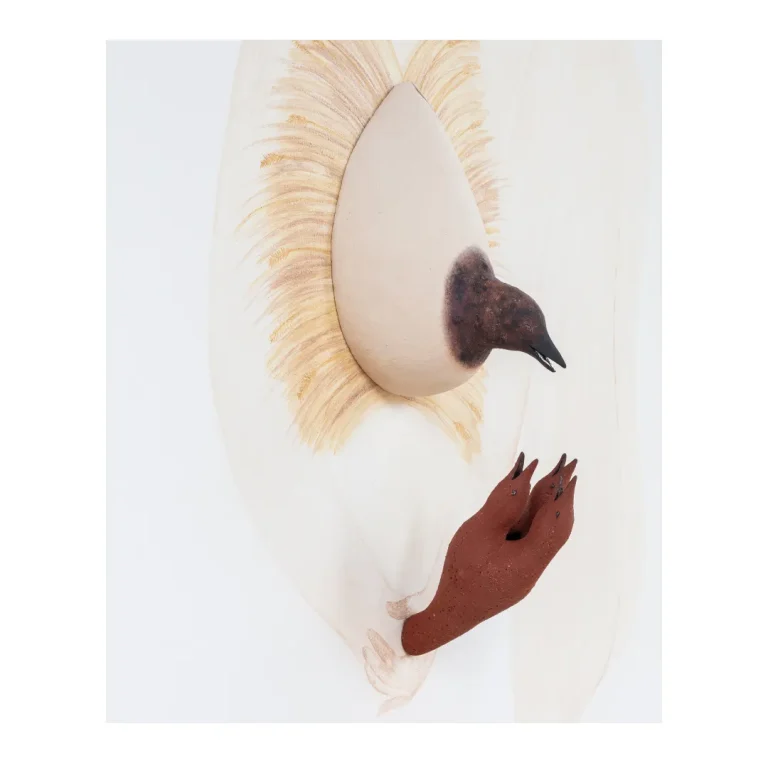
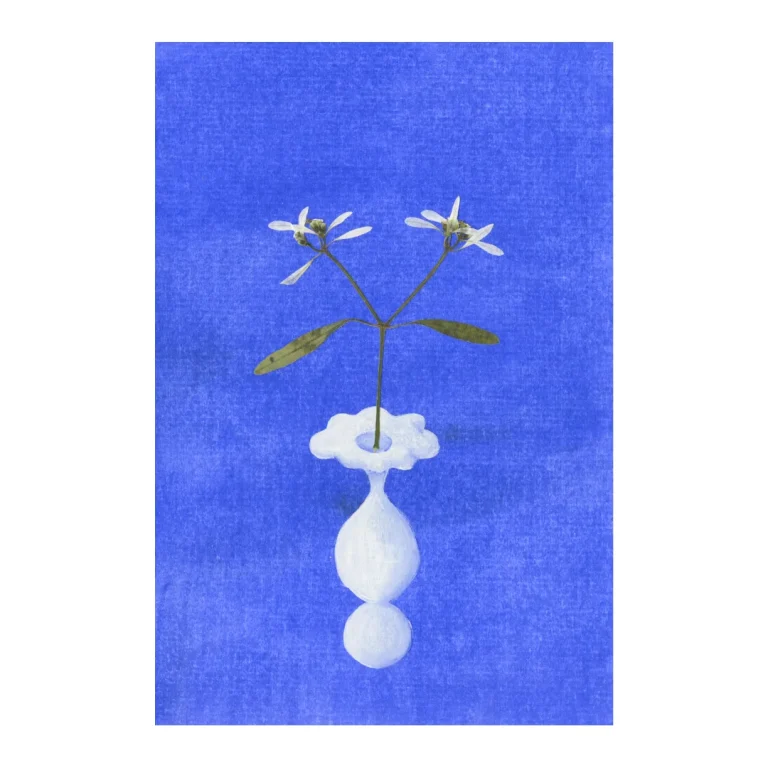
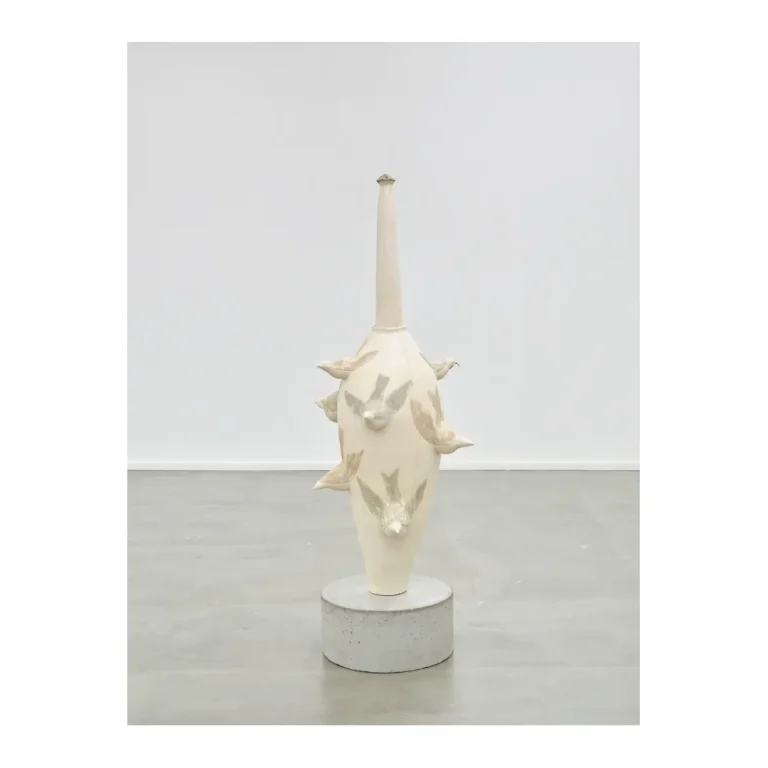
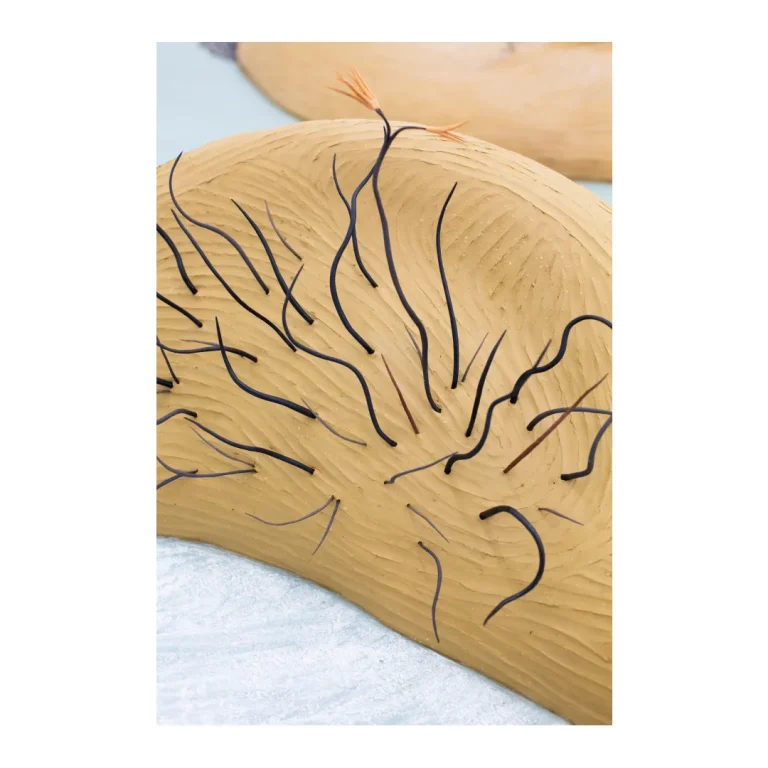
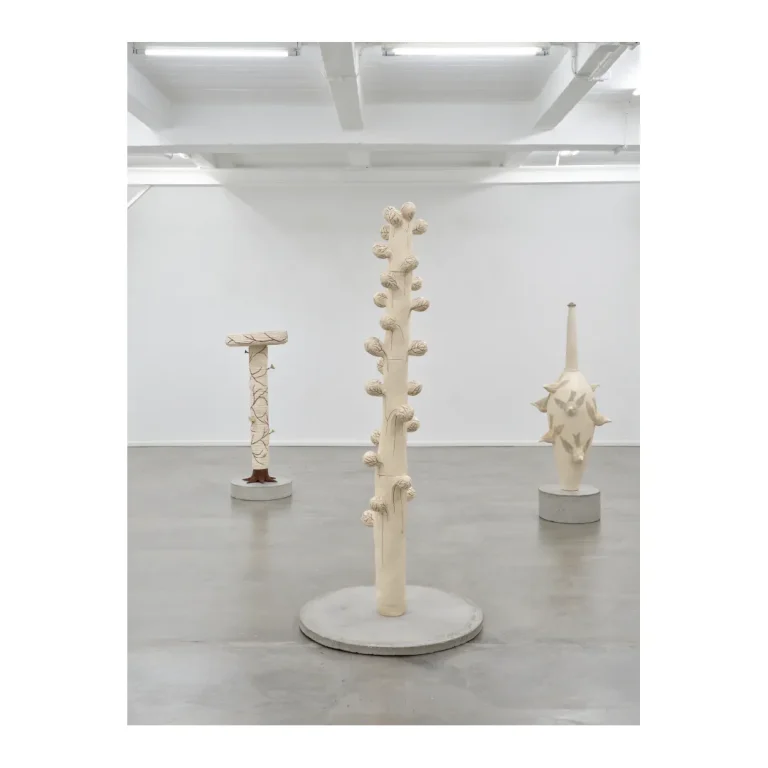
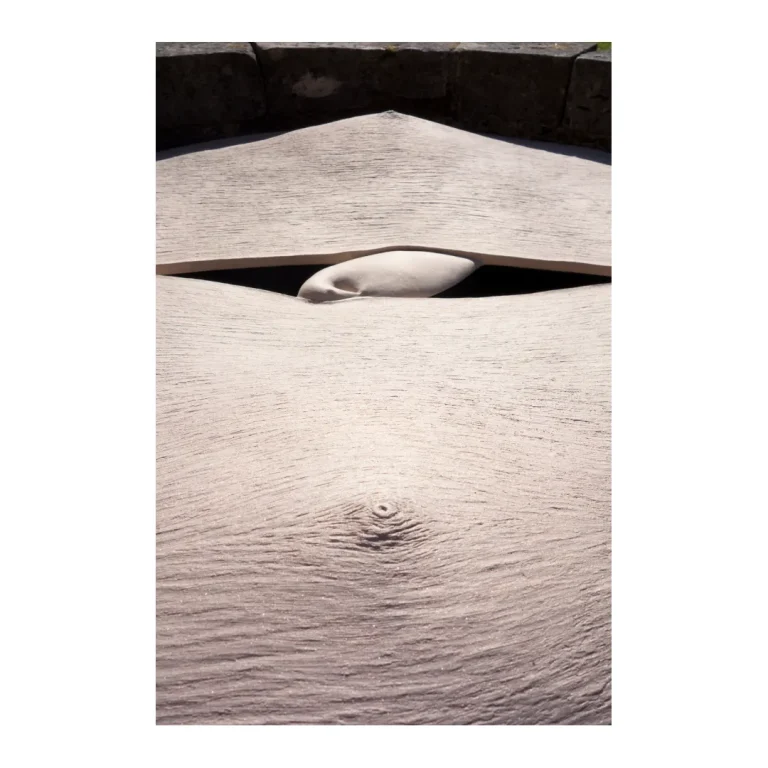
It seems like your practice moves between drawing, sculpture and installation. How do they allow you to express differently?
Drawing is very intimate for me. It is the most direct way of dealing with emotions and important for mental well-being, but they don’t always need to be exhibited. Since learning how to create sculptures and interact with space, I feel more connected to the audience and even with the world. I also enjoy creating works in public spaces, to be inspired by the local history.
Are there any Japanese artists or traditions that inspire you?
My admiration for Umezu Kazuo is enormous. I grew up reading his horror comics and it shaped me a lot. Also the tradition of flowers; how my Japanese grandmother used to arrange Ikebana or simply pressing plants in a telephone book. Her love for plants surely influenced my interest. Recently I was blown away by the work of Ichihara Satoko “The Bacchae − Holstein Milk Cows”. It’s encouraging to feel so much affinity and shared interest, although our expression forms differ.
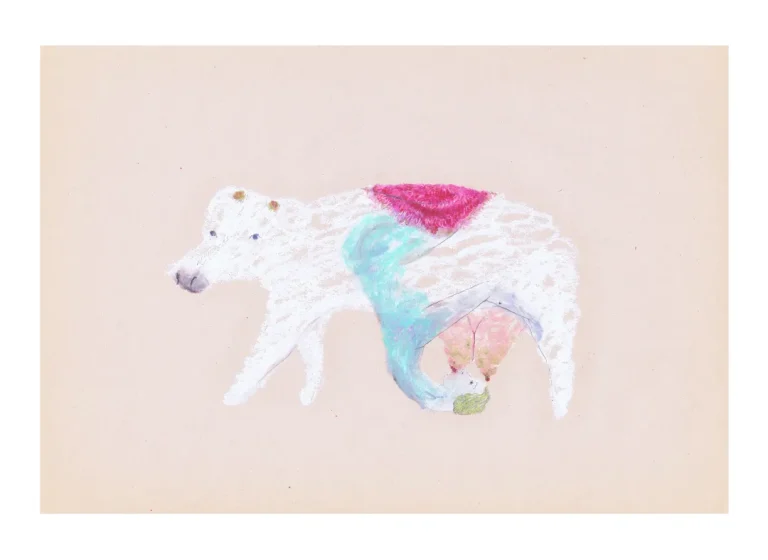
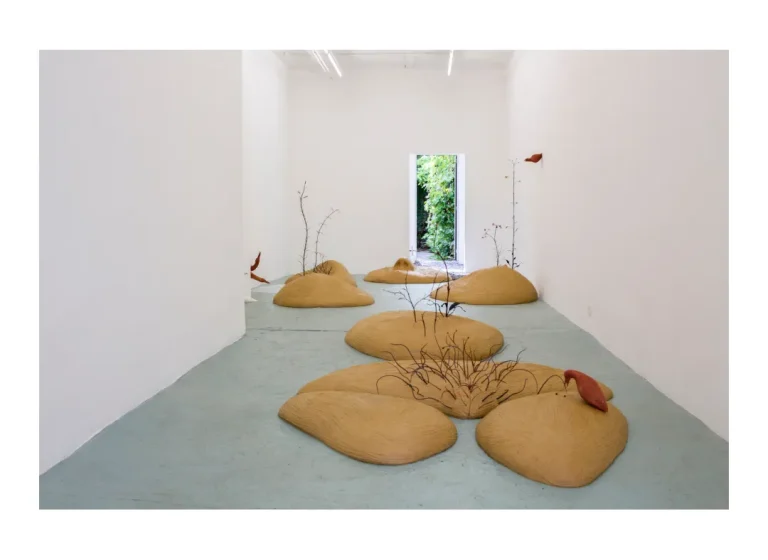
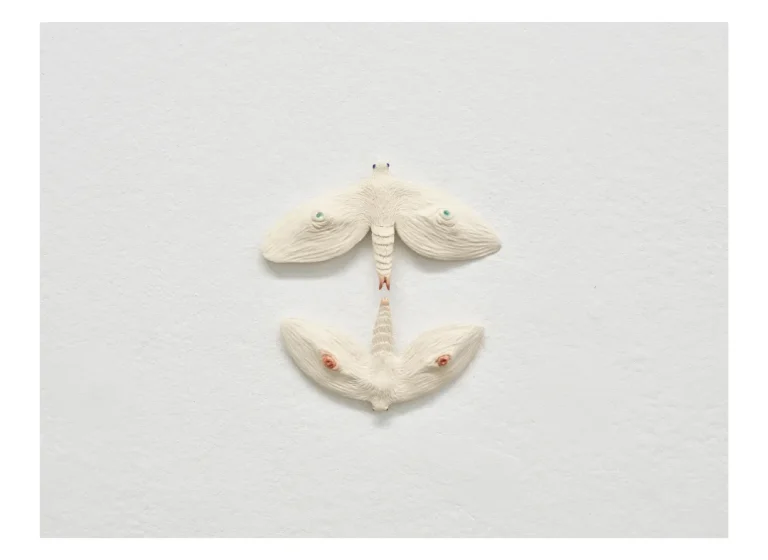
Finally, could you tell us what visitors can expect from your presentation at Tokyo Gendai? And perhaps what you hope visitors in Japan will take away from your work.
Right now I can’t reveal too much. I’ve been making work around bodies in recent years – pregnancy, gender inequality in medicine and hemorrhoids – so it might be an extension to those themes. This will be the first time I’m exhibiting in Japan since the CAF Award in 2022. Back then it was still Covid times, and there was limited physical interaction. So I’m happy to pick up the thread again, and really look forward to greeting you all with my new work.
<Thank you very much! We look forward to seeing your work in September.>
Visit Clara Spilliaert’s official website here
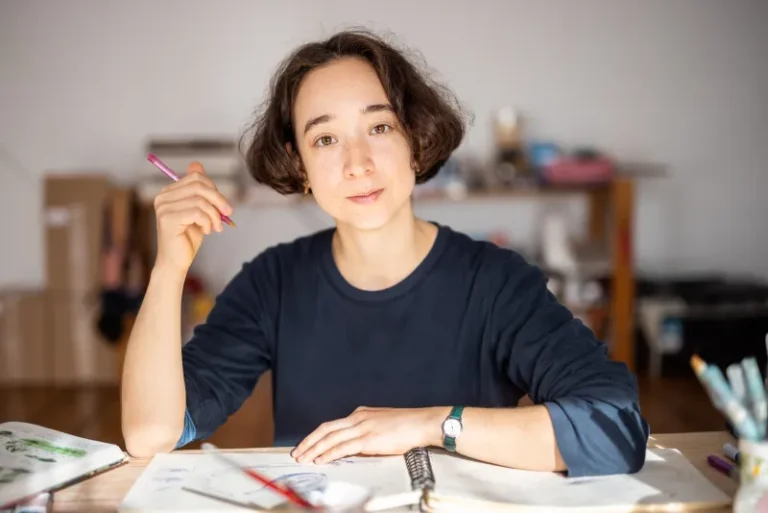
Photo by Björn Comhaire
Clara Spilliaert
Clara Spilliaert (b. 1993, Tokyo) is a Belgian-Japanese artist based in Ghent. She moved to Belgium in 2009 and studied drawing and ceramics at LUCA School of Arts. After keeping intensive drawing diaries for seven years, her practice has expanded to include video, installation , murals, and ceramics. Her work often begins with observations of cultural phenomena and explores themes such as history, mythology, nature, and sexuality.

